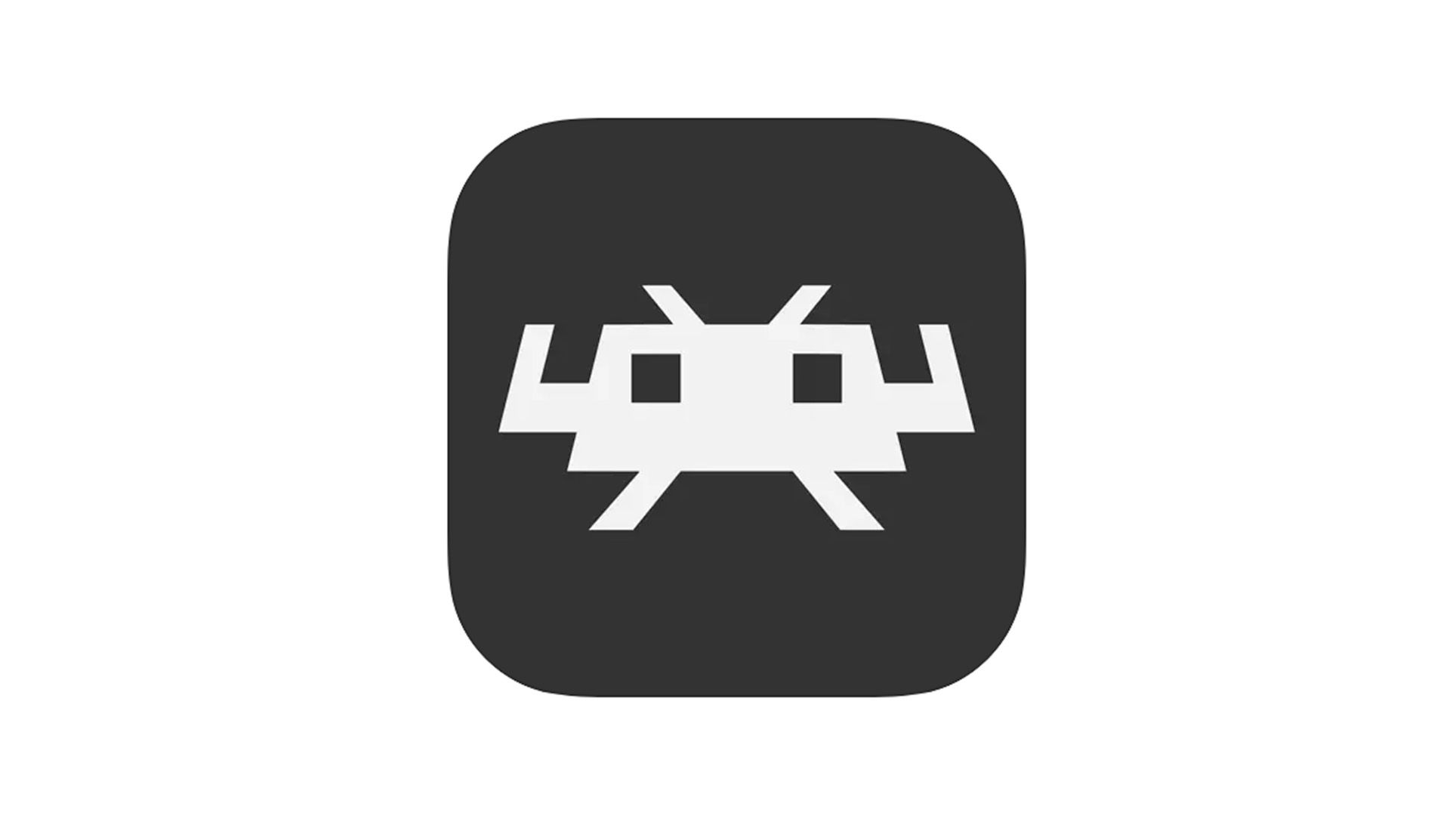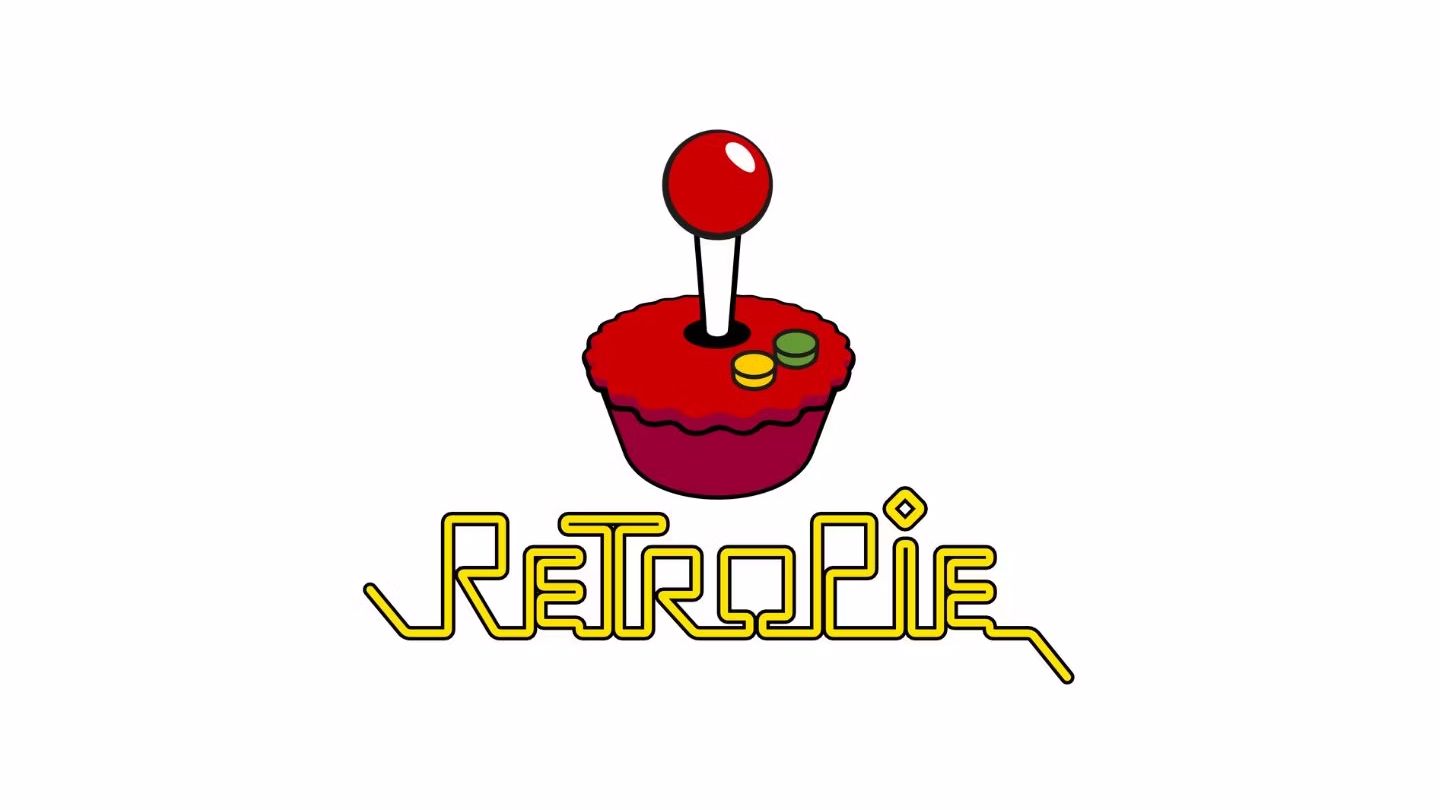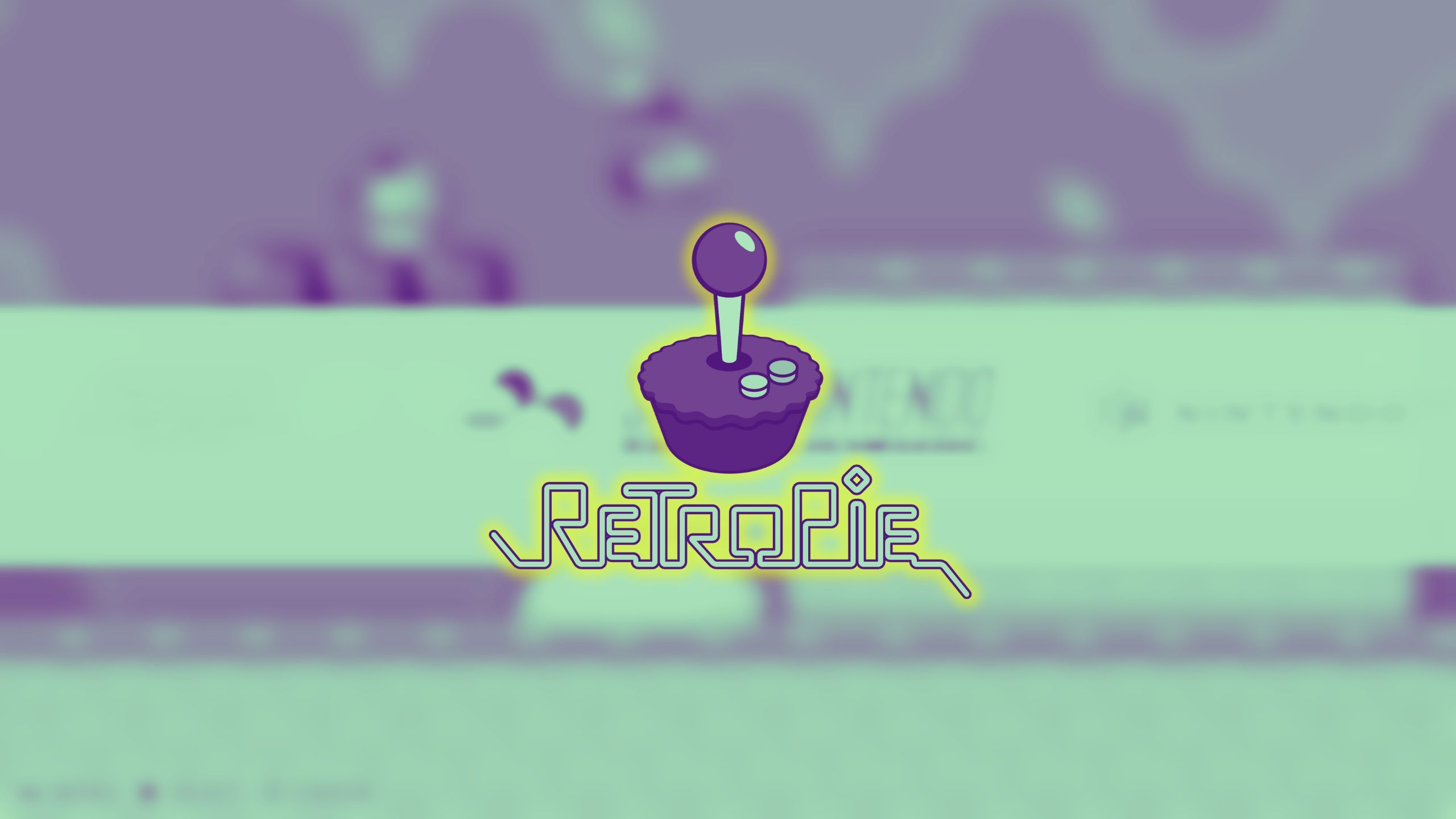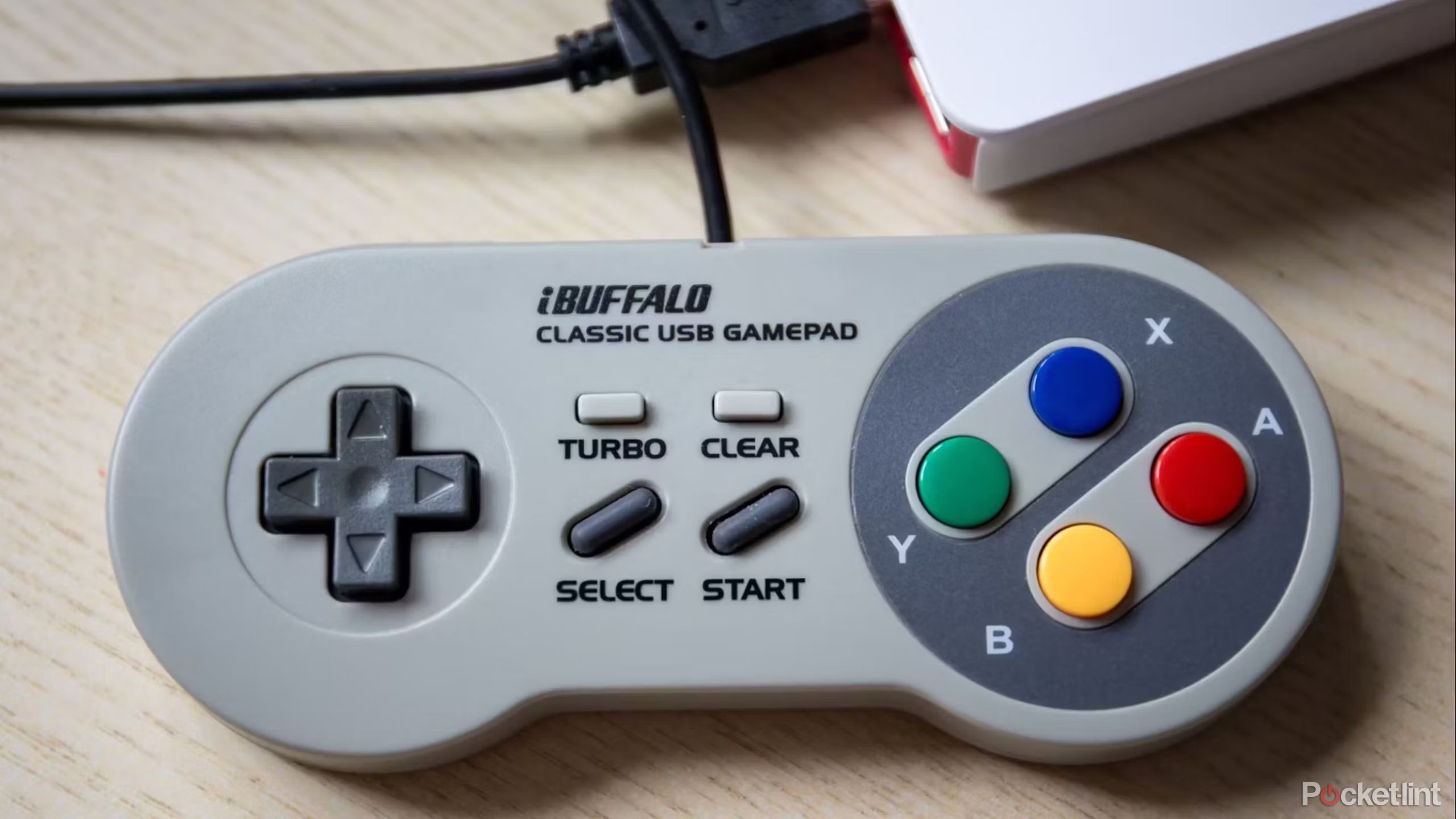Key Takeaways
- RetroArch provides a streamlined user experience on multiple platforms.
- RetroArch is a versatile all-in-one emulator for various consoles and is ideal for simplicity and ease of management.
- RetroPie is suited for dedicated emulation setups on devices like Raspberry Pi, offering extensive features beyond RetroArch.
As the years go by, retro game emulation becomes increasingly sophisticated. For the most part, with that sophistication has come a more streamlined and elegant user experience. Emulators like RetroArch provide a wide range of consoles that can be emulated and offer several great features, such as a RetroAchievements connection and easily browseable libraries complete with game art. The best part about RetroArch is that it’s available on almost everything from Windows to Linux, including Android and iPhone. If you want to run RetroAch on it, you probably can.
Aside from robust emulators that can provide a relatively all-in-one experience, there’s broader software like RetroPie, which can house a few emulators (including RetroArch) under one succinct front end. But for some users, it may be difficult to tell when to use RetroArch and when to take advantage of RetroPie.
When you’ll only want to use RetroArch
For devices that do a little more than just emulation

RetroArch
RetroArch is a free, ad-free, open source, and cross platform frontend/framework for emulators, game engines, video games, media players, and other applications. Supported systems come in the form of libretro cores.
RetroArch is one of the top emulators out there. However, it isn’t the absolute best at every console regarding actual emulation quality. But, for almost every retro console you might want to emulate, RetroArch is fantastic. In the truest sense, the platform is a jack-of-all-trades but a master of none.
So you might wonder, in what situation would you rather use RetroArch than download individual emulators for each console you’re interested in? The answer lies in simplicity. Having one central emulator will almost always be easier to manage, especially if you want to emulate games on a device like your phone, tablet, or computer. And, if you’re going to emulate games on a device that might not be well-suited for anything above original PlayStation emulation , there’s not really a lot RetroArch can’t do.
If you’re not trying to make a larger emulation setup for yourself and just want a nice-looking, fully-featured emulator on your device, RetroArch will fully accomplish that task.
The most significant advantage of using an emulator like RetroArch over front ends like Emulation Station and Batacera, comes down to your device’s versatility. Front ends are best used for devices that you’ll be entirely dedicating to emulation and devices that you’ll be keeping many different emulators on. If you only want to emulate a few retro consoles and keep everything under one umbrella, RetroArch is perfect for the task. RetroArch is also a singular program that doesn’t require a more extensive set-up process than downloading it and pointing it toward your ROMs.
RetroArch thrives in an environment where it’s just an app on your phone or your laptop that you can focus all of your emulation efforts on. If you’re not trying to make a more extensive emulation setup for yourself and just want a nice-looking, fully-featured emulator on your device, RetroArch will accomplish that task.
When you’ll want to use RetroPie
It’s not just for the Raspberry Pi

RetroPie
RetroPie allows you to turn your Raspberry Pi, ODroid C1/C2, or PC into a retro-gaming machine. It builds upon Raspbian, EmulationStation, RetroArch, and many other projects to enable you to play your favorite Arcade, home console, and classic PC games with the minimum setup. For power users, it also provides a wide variety of configuration tools to customize the system as you want.
Now, let’s say you want to create a more dedicated emulation setup for yourself. With a computer or Android device you’re going to completely turn into a dedicated emulation device, a front-end like Batacera, Emulation Station, Daijisho, or Launch Box is going to be exactly what you’re looking for. But what if you’re looking for something beyond a front end? That is where RetroPie comes in.
RetroPie is a collection of software bundled into one package that transforms your device into a dedicated emulation machine. Despite what the name may lead you to believe, RetroPie isn’t just for the Raspberry Pi . Though it’s made to be layered over Raspbian, it can be installed on any machine running Ubuntu or similar distros.
As for the software that RetroPie bundles together, the package primarily builds on RetroArch and Emulation Station as well as other emulation software. Yes, you read that correctly, RetroArch is part of the RetroPie package. So why would you install RetroPie over simply just getting RetroArch?
It all comes down to the user experience. If you have a Raspberry Pi on hand that you want to turn into a dedicated emulation device you can plug into your TV, RetroPie gives you the front end and all the emulation tools you could want to make that a reality. RetroPie even comes with Kodi for the media playback, so there’s a lot of utility gained from setting a device up with RetroPie, even beyond gaming.
What solution is best for you?
A multi-tool versus a toolbox
If you want to step up your emulation game with a device you already have or by adding a Raspberry Pi or Mini PC to your collection, it’s important to know your priorities before you dive in.
If you want a device you carry with you every day to have very robust emulation capabilities with some good quality-of-life features layered on top, then you really can’t go wrong installing RetroArch on a device you already carry around. RetroArch is available on both Android and iOS, so there’s no doubt you can install it on your phone and get rolling with it in no time.
Whatever way you lean, there’s really no wrong way to go with emulation.
For those that want a slightly more dedicated experience with a device primarily used for emulation and not much else, then installing RetroPie onto a Raspberry Pi or a mini PC is a fantastic choice that will give you a very capable and easy-to-use device for all of your emulation needs. If you want your emulation machine to be portable, you can even install RetroPie on a laptop.
Whatever way you lean, there’s really no wrong way to go with emulation. For the most part, emulation is a punch above modern gaming in terms of quality and versatility. There’s a ton of great software out there, and RetroArch and RetroPie only embody a tiny fraction of the options available. Both are compelling and easy answers to what to use in your adventure with emulation. Most importantly, both are completely free, aside from any money you may spend on hardware.
Trending Products

Cooler Master MasterBox Q300L Micro-ATX Tower with Magnetic Design Dust Filter, Transparent Acrylic Side Panel, Adjustable I/O & Fully Ventilated Airflow, Black (MCB-Q300L-KANN-S00)

ASUS TUF Gaming GT301 ZAKU II Edition ATX mid-Tower Compact case with Tempered Glass Side Panel, Honeycomb Front Panel, 120mm Aura Addressable RGB Fan, Headphone Hanger,360mm Radiator, Gundam Edition

ASUS TUF Gaming GT501 Mid-Tower Computer Case for up to EATX Motherboards with USB 3.0 Front Panel Cases GT501/GRY/WITH Handle

be quiet! Pure Base 500DX ATX Mid Tower PC case | ARGB | 3 Pre-Installed Pure Wings 2 Fans | Tempered Glass Window | Black | BGW37

ASUS ROG Strix Helios GX601 White Edition RGB Mid-Tower Computer Case for ATX/EATX Motherboards with tempered glass, aluminum frame, GPU braces, 420mm radiator support and Aura Sync











